Bremen is a picturesque medieval town, made famous especially by the Brothers Grimm with the story “The Musicians of Bremen” (in German “Die Bremer Stadtmusikanten“) and later by the famous Beck’s beer produced here.
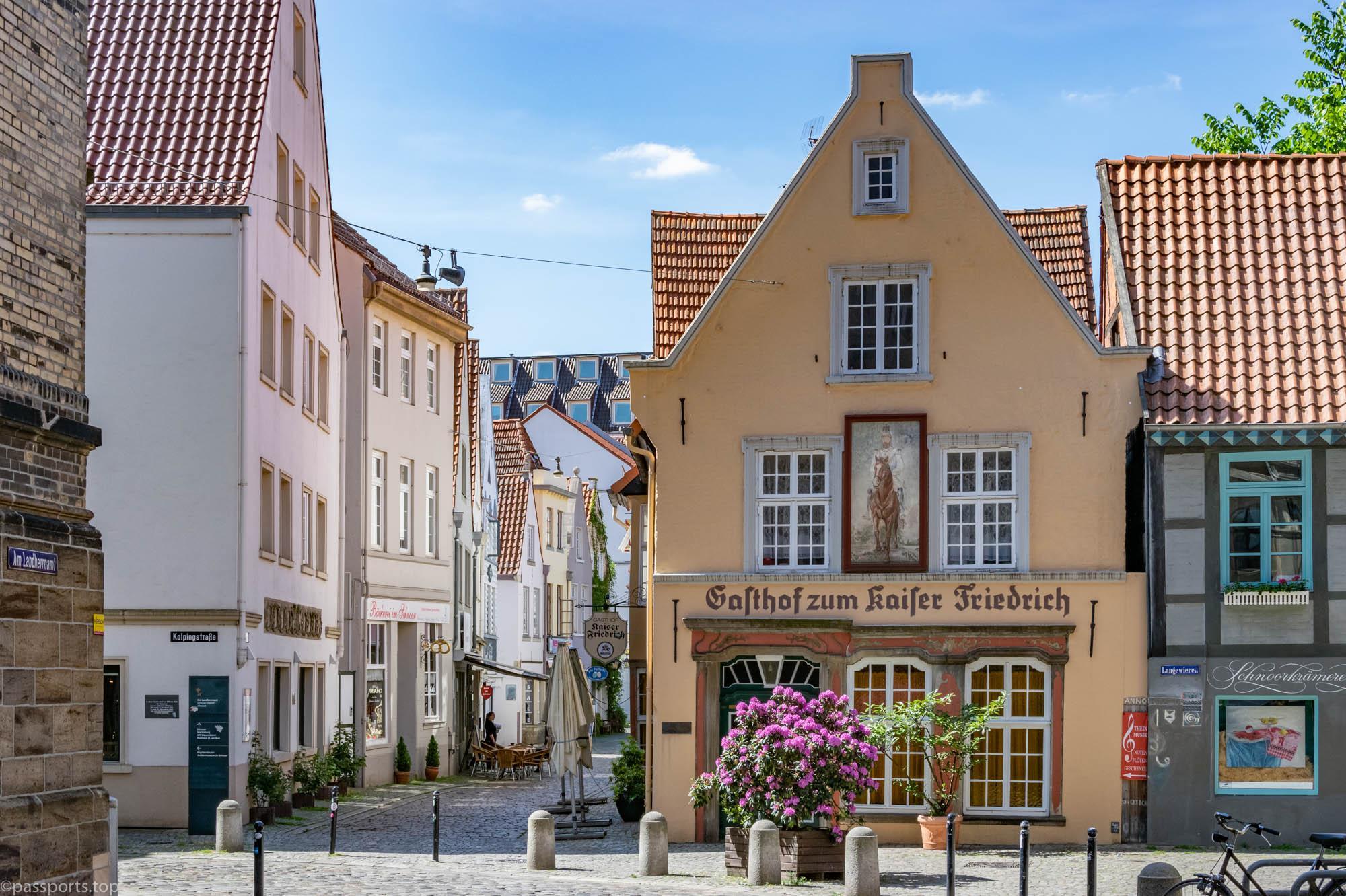
If you visit the northern part of Germany, you should also spend at least a few hours in Bremen. With over 1,200 years of history, the city stretches along both banks of the Weser River, with the main sights easily accessible whether you choose to go by public transport or on foot.
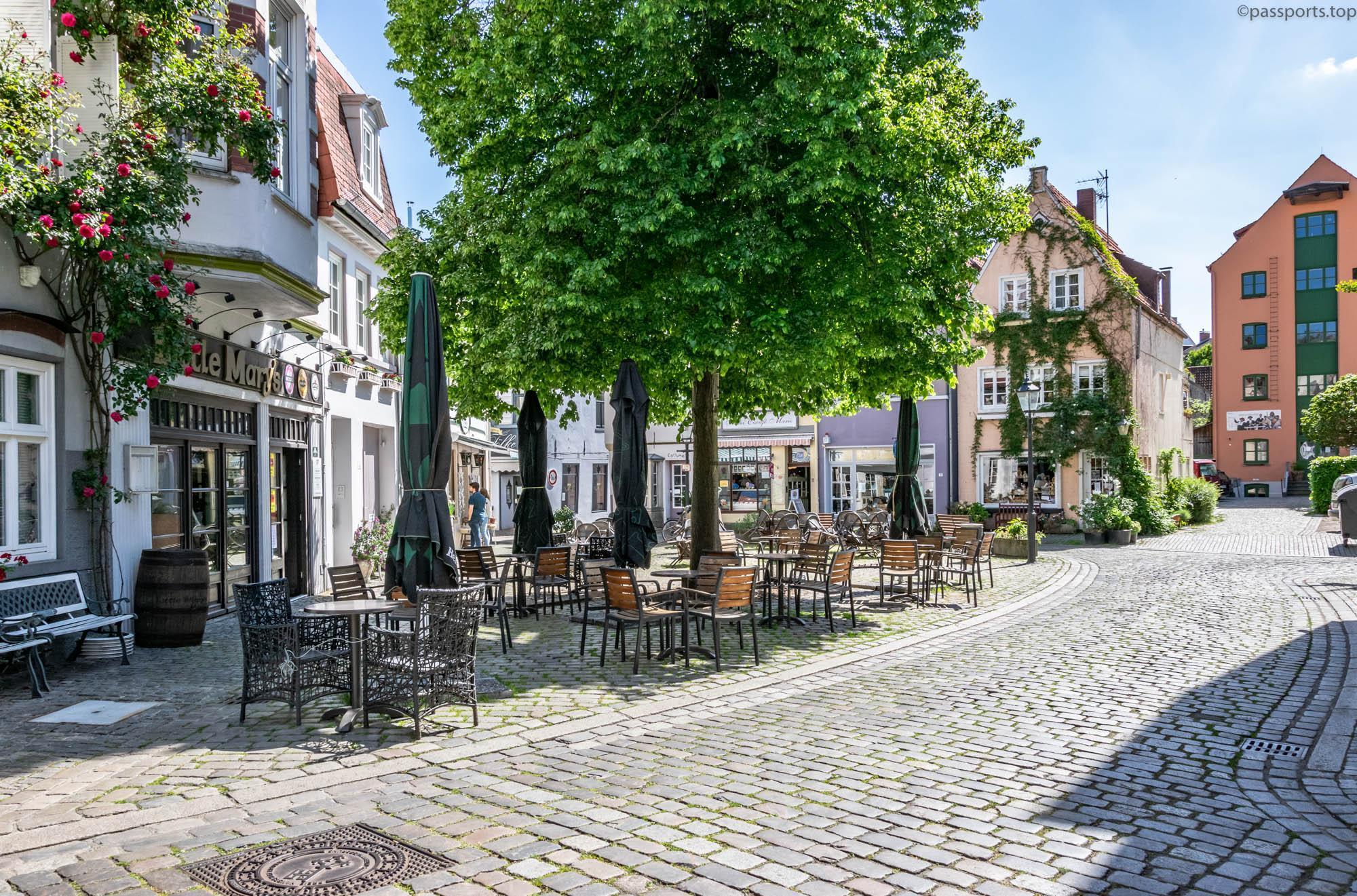
During the medieval period, Bremen grew to the status of a free Hanseatic city, trade was always the main branch of the city’s economy, and from the 17th century exotic products such as coffee began to arrive here. Germany’s first coffeehouse opened in Bremen in the 17th century, while coffee merchant Ludwig Roselius invented decaffeinated coffee in the early 1900s.
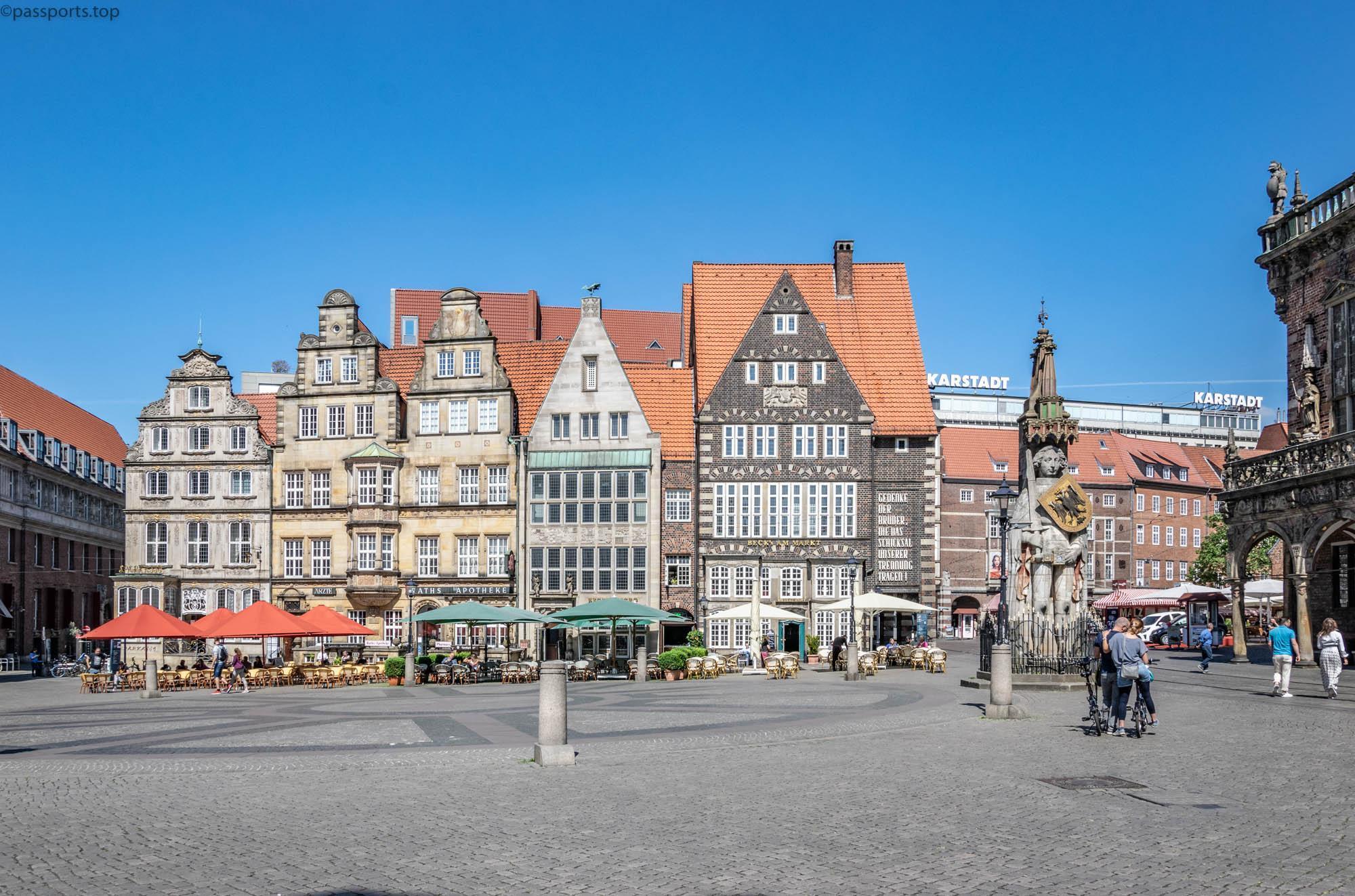
The main attraction is the Old Town (Bremer Marktplatz) with the Baroque and Renaissance buildings that are part of the UNESCO heritage (City Hall and St. Peter’s Cathedral).

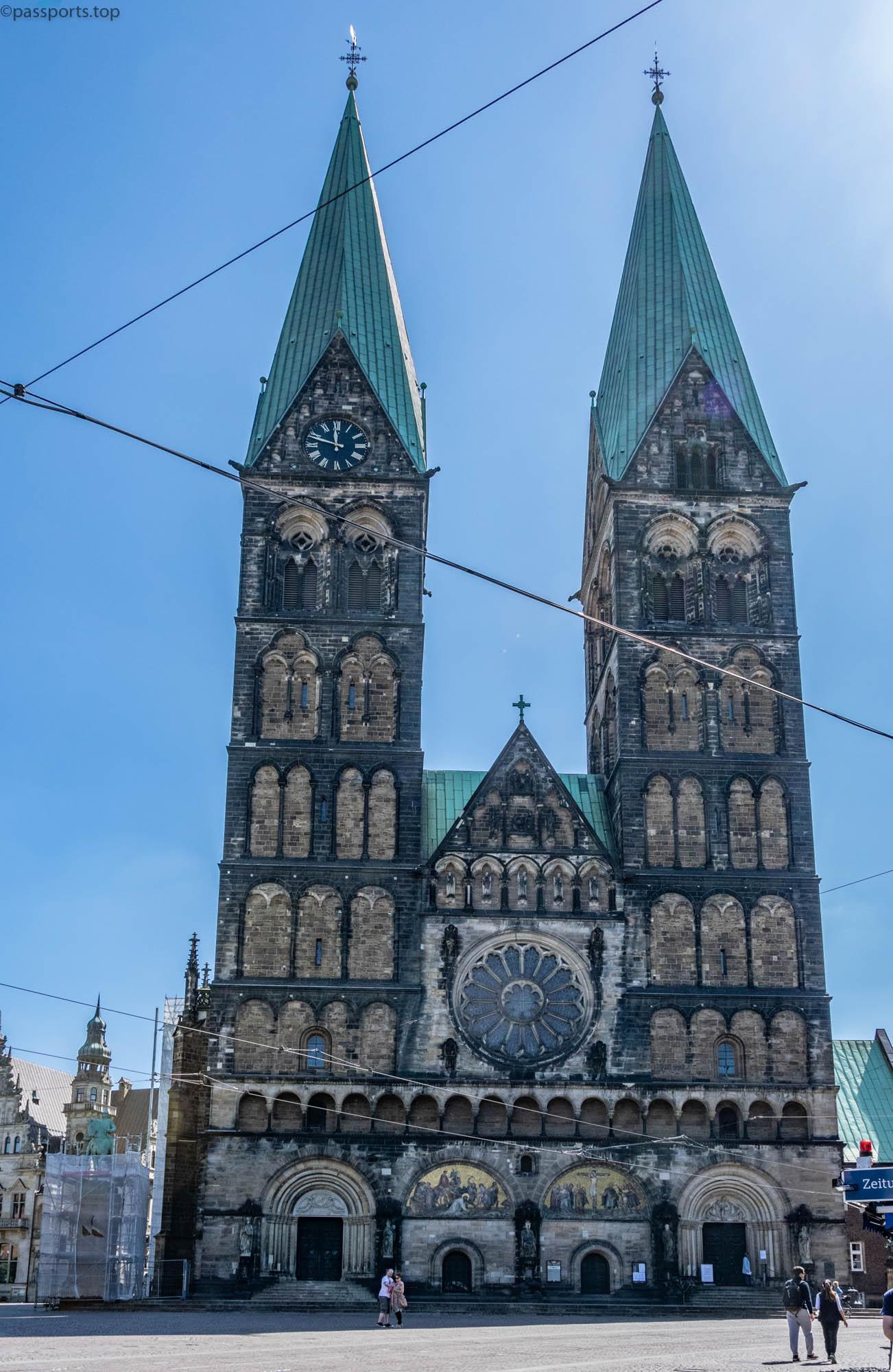
St. Petri Dom is located next to the Town Hall and was built 1200 years ago in late Gothic style. One of the towers is open to visitors, from where you can admire the city center from a height of 90 meters.
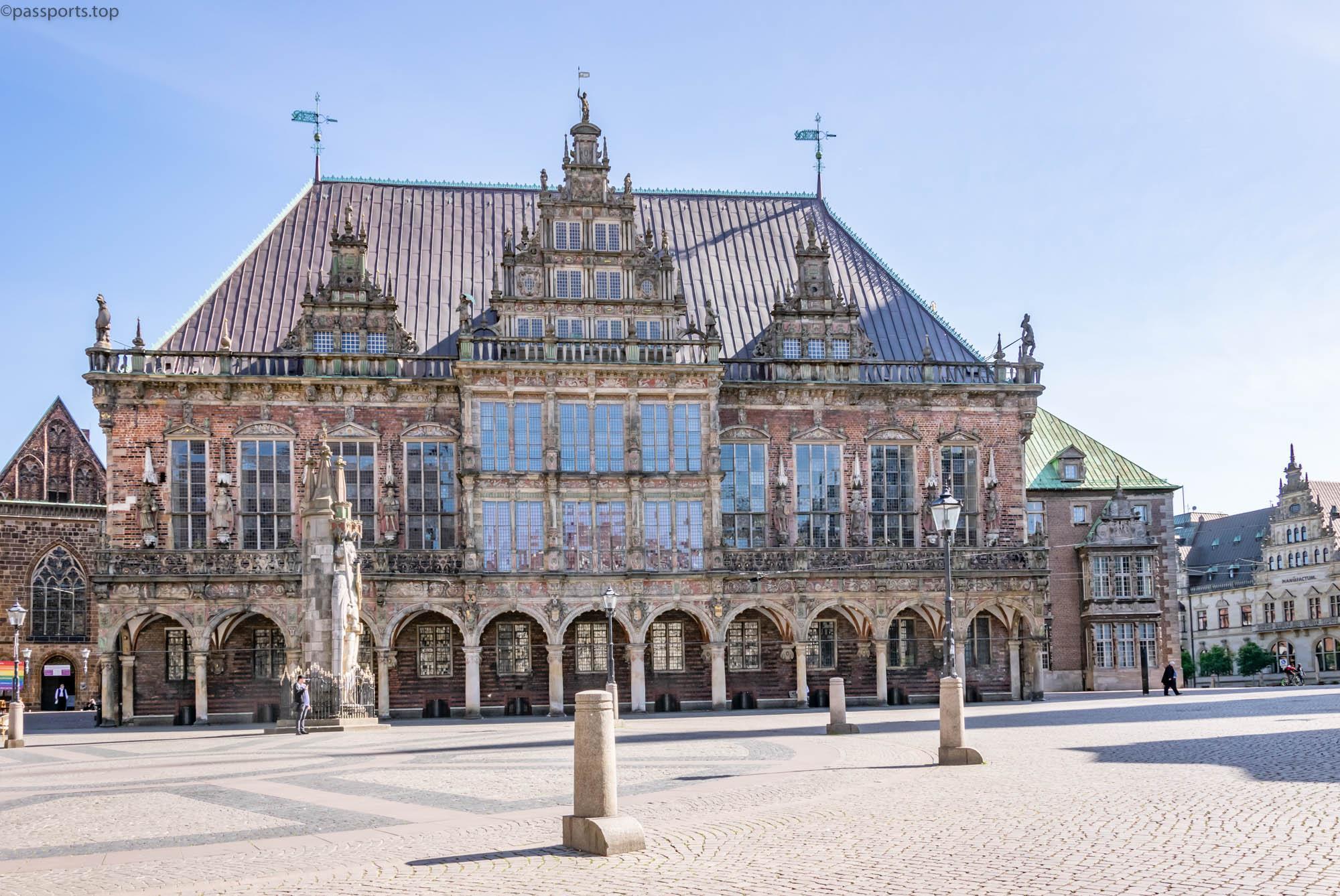
The town hall built between 1405-1410, with the Renaissance facade added in the 17th century is considered the “jewel” in the city’s historic square. Inside the building is one of Germany’s most elegant banqueting and reception halls (Obere Rathaushalle), 40 meters long and 13 meters high, the main attraction of the room being a 1537 painting depicting the Judgment of Solomon.
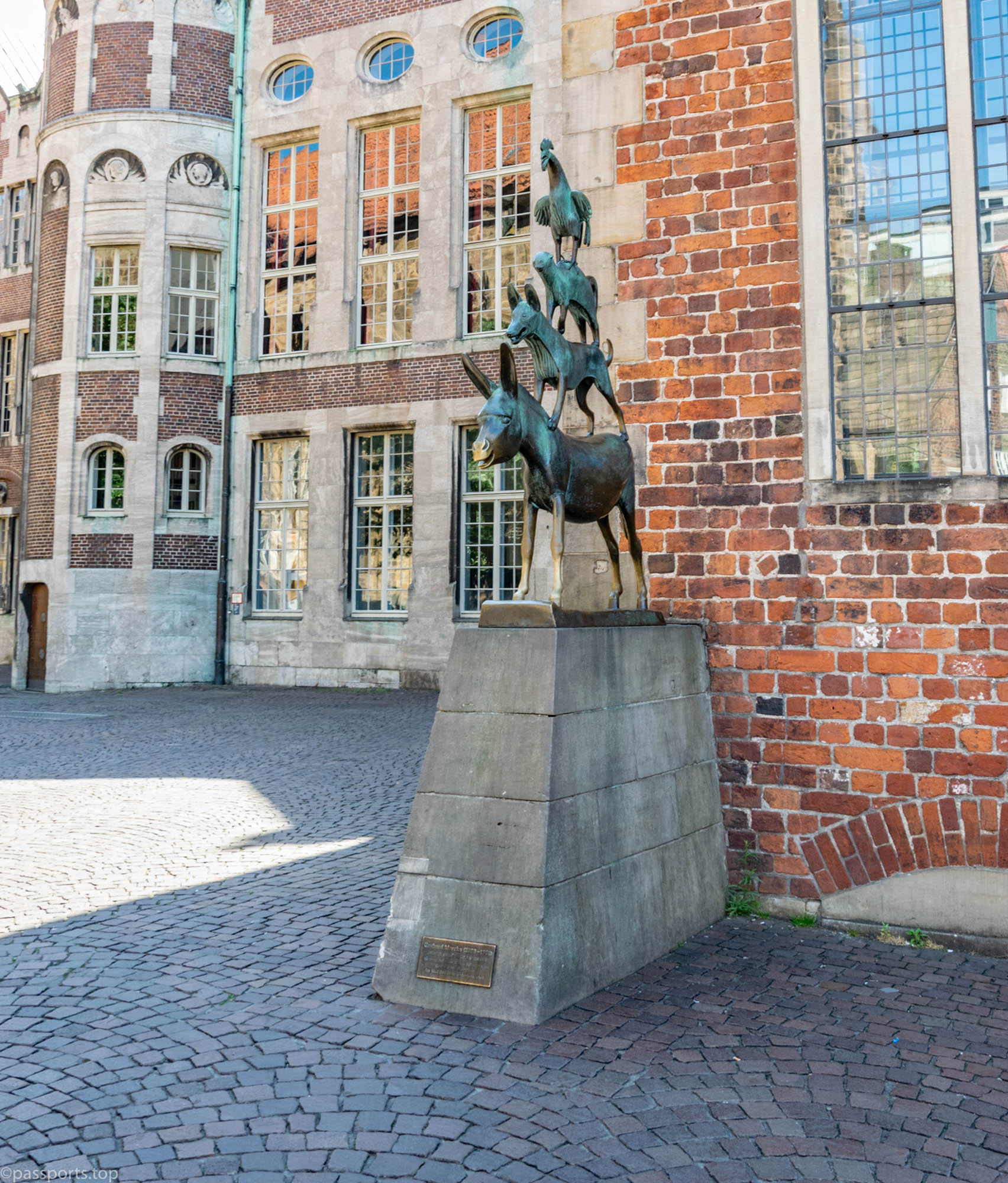
Between the Town Hall and the Cathedral is a bronze statue depicting the “Town Musicians of Bremen” – a donkey, a dog, a cat and a rooster – from German fairy tale collected by the Brothers Grimm. You can find representations of the 4 musicians almost on every street corner in Bremen, from statues, to stuffed animals, magnets or gingerbread.

From the Marktplatz you reach the medieval Schnoor district (Schnoorviertel), named after the rope-making tradition that developed here. It is a charming neighborhood with narrow streets full of cafes, small colorful houses and craft shops.
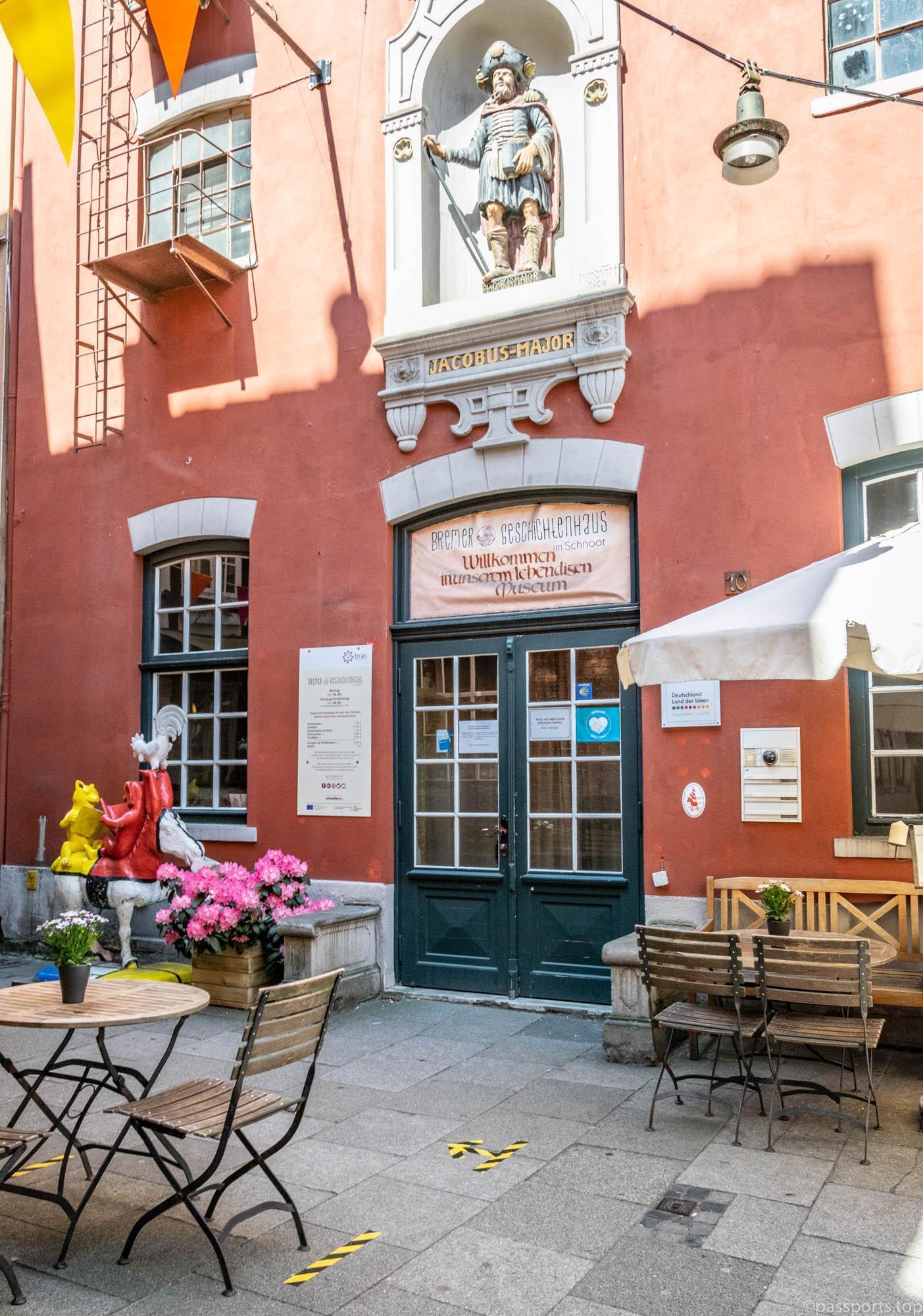
Schnoorviertel is the oldest quarter of Bremen, dating back to the 15th century, once frequented by fishermen and merchants, today it is an area loved by tourists, especially since the access of cars is prohibited.
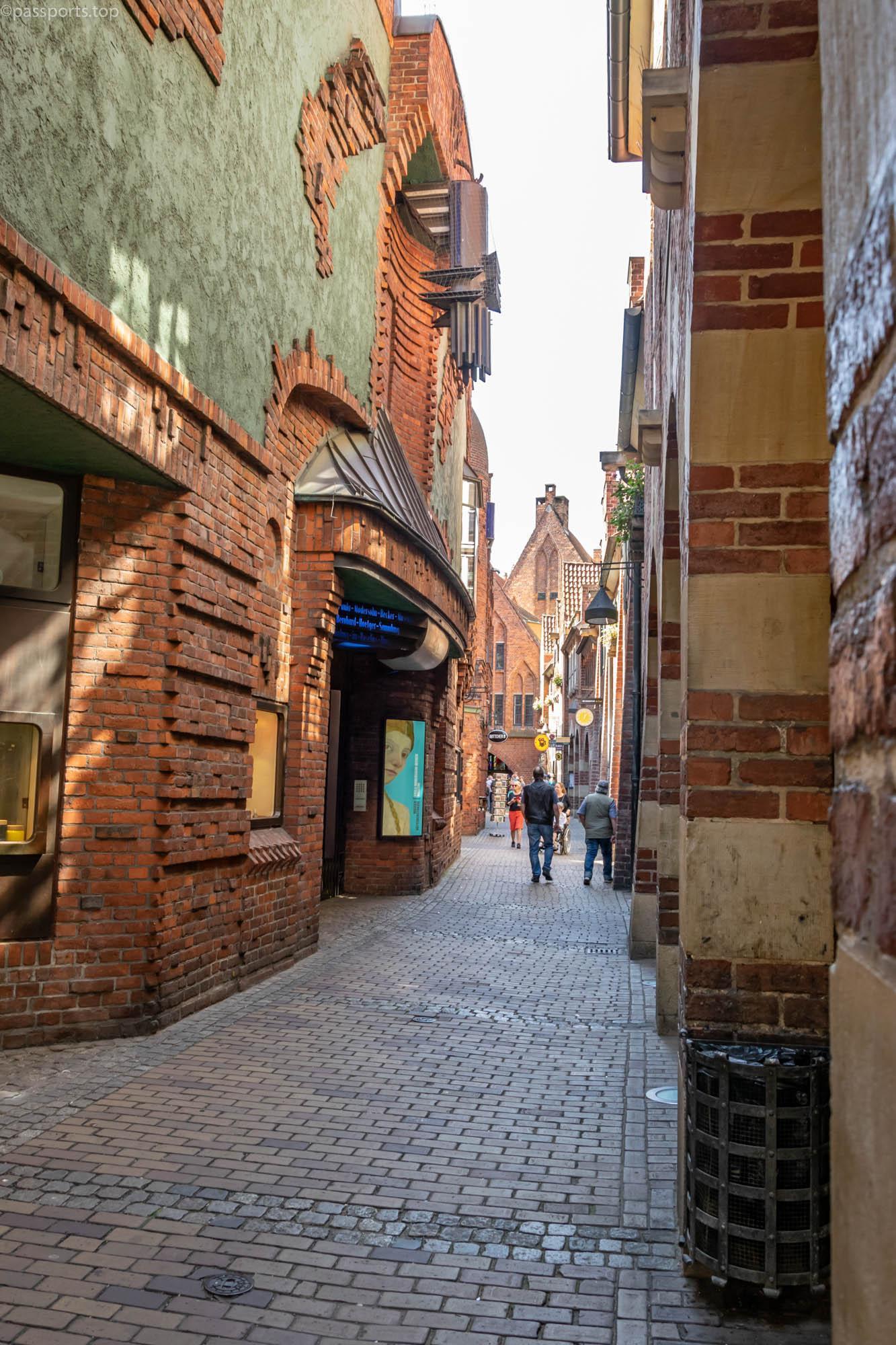
Another beautiful area in the old center is Dogarilor Street (Böttcherstraße). Only 100 meters long, the street is particularly famous for the architecture of the buildings built between 1922 and 1931.

From Böttcherstraße, we were drawn into a small inner courtyard by the sweet smell of sugar. Here I discovered the store Bremer Bonbon Manufaktur, where colorful candies are made, with over 100 flavors. You can watch the confectioners make the candies in the traditional way and taste the freshly made sweets.
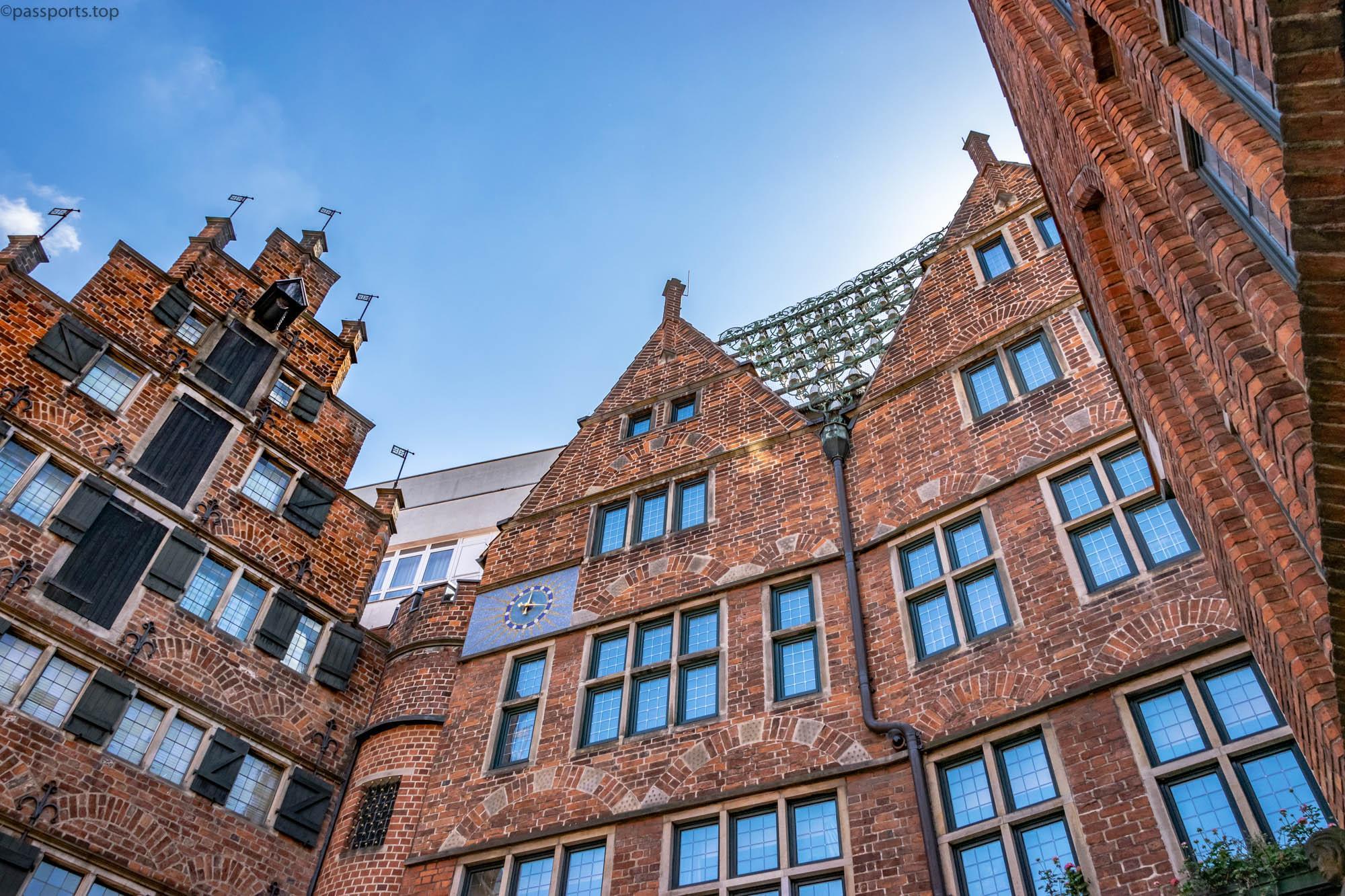
Also in Böttcherstraße is the Haus des Glockenspiels known for its 30 porcelain bells that play symphonic music (from January to March at 12, 15 and 6 p.m. and from April to December at every fixed hour during the 12-18). In the neighboring tower, 10 wooden panels rotate while playing music, dedicated to the explorers and adventurers who crossed the ocean.
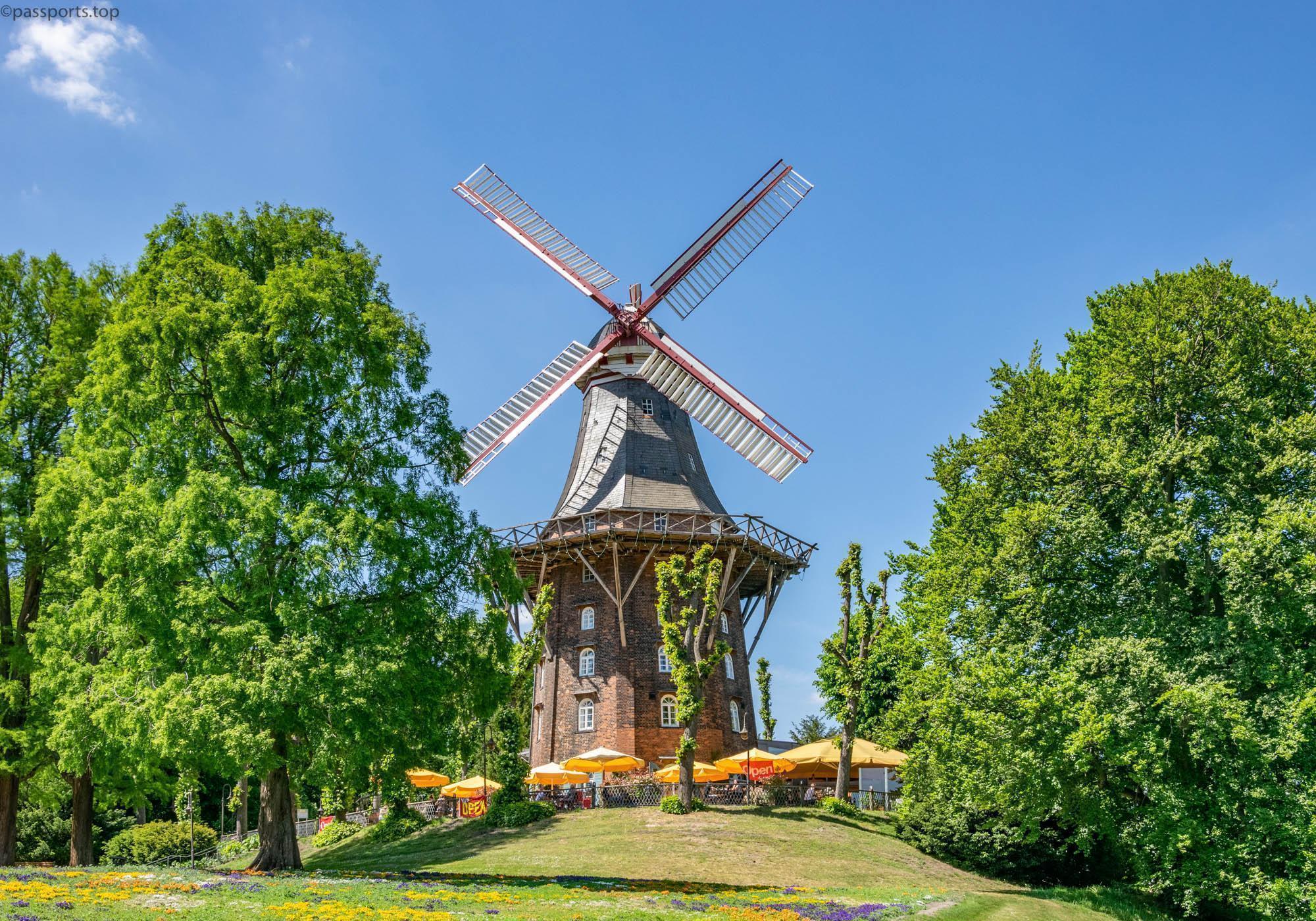
Not far from the Central Station is another tourist attraction: a windmill built in 1898, the latest in a succession of mills erected since 1699. Now the mill houses a restaurant and a terrace.
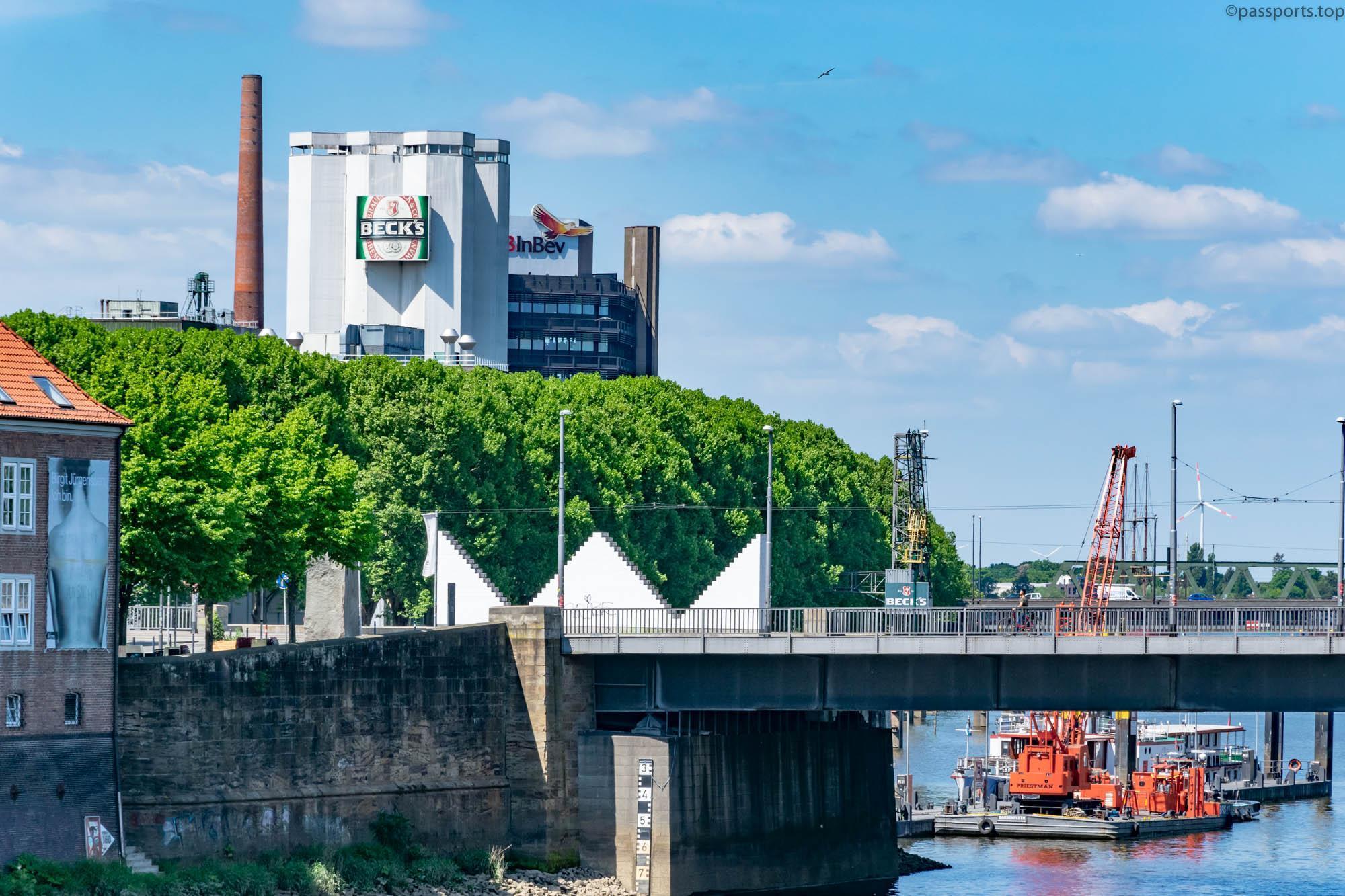
Beer lovers who want to find out how the history of world-renowned beer began in 1873 can take a 3-hour guided tour of Beck’s Brewery. The tour goes through a museum, raw materials room, malt silos, fermentation tanks, storage and bottling place. At the end of the tour, there is a beer tasting in the guest room, where three beers from different ranges will be served. Guided tours take place from Monday to Saturday and cost €14.50/person (minimum age to participate is 16).
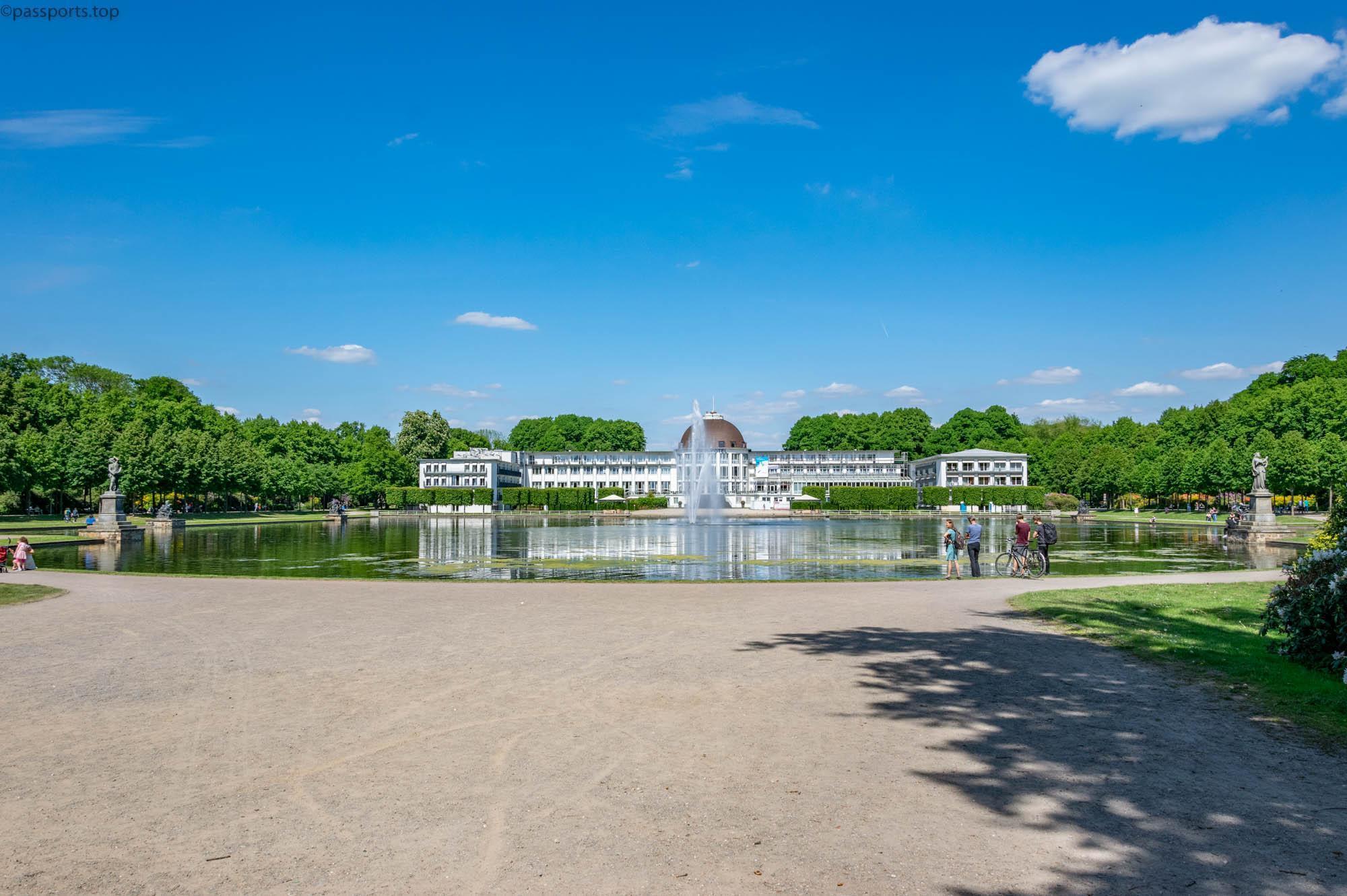
The visit to Bremen ended with a walk in Bürgerpark – one of the city’s most popular destinations. The park is located in the center of the city and occupies an area of approximately 200 hectares, being the second largest park in the city.
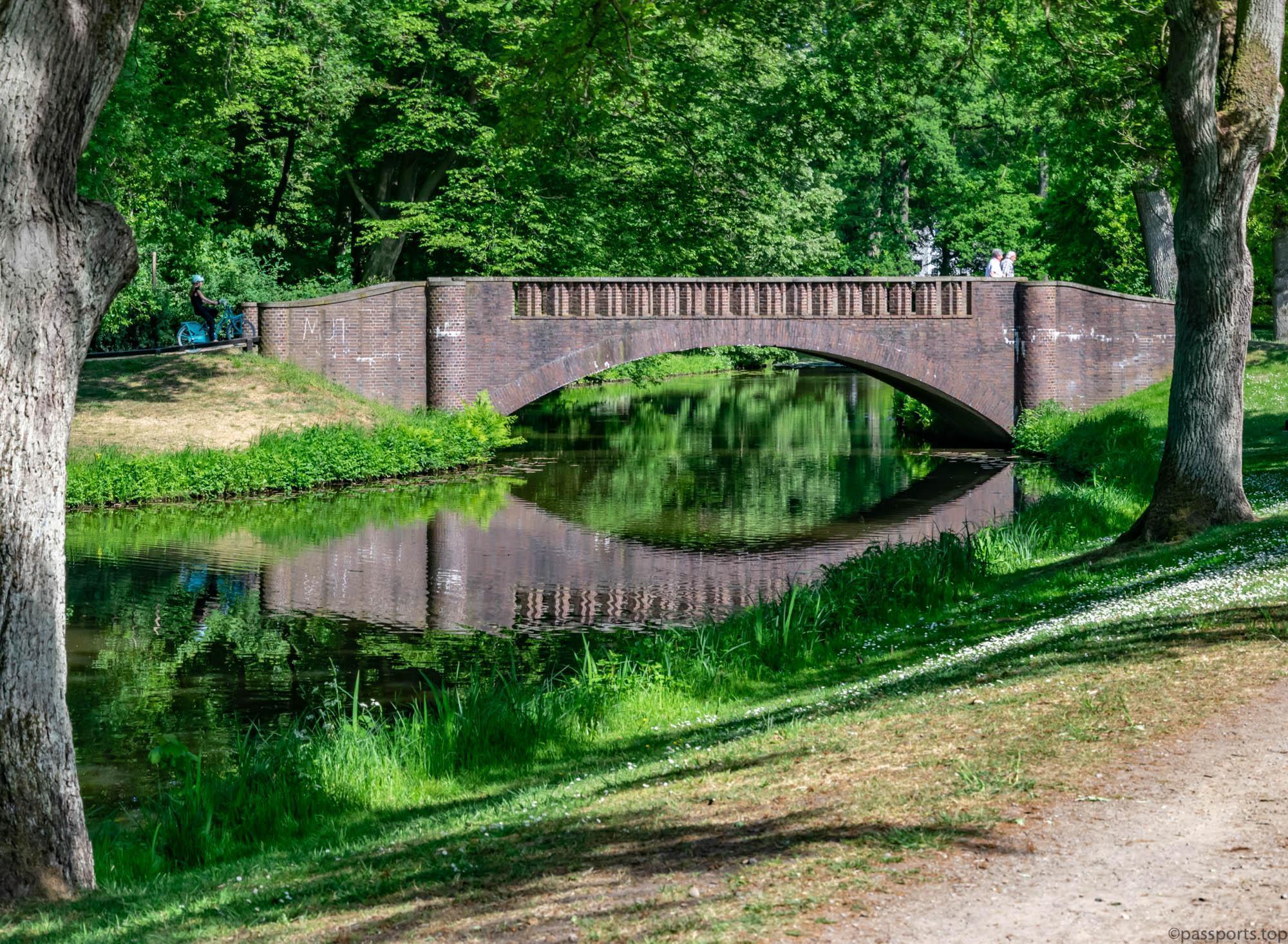
The Bürgerpark was built in the second half of the 9th century as a classical garden with lakes, cafes and lawns in the wooded areas and offers visitors a wide range of leisure activities such as boat rentals, various trails, running, playgrounds for children or mini golf.
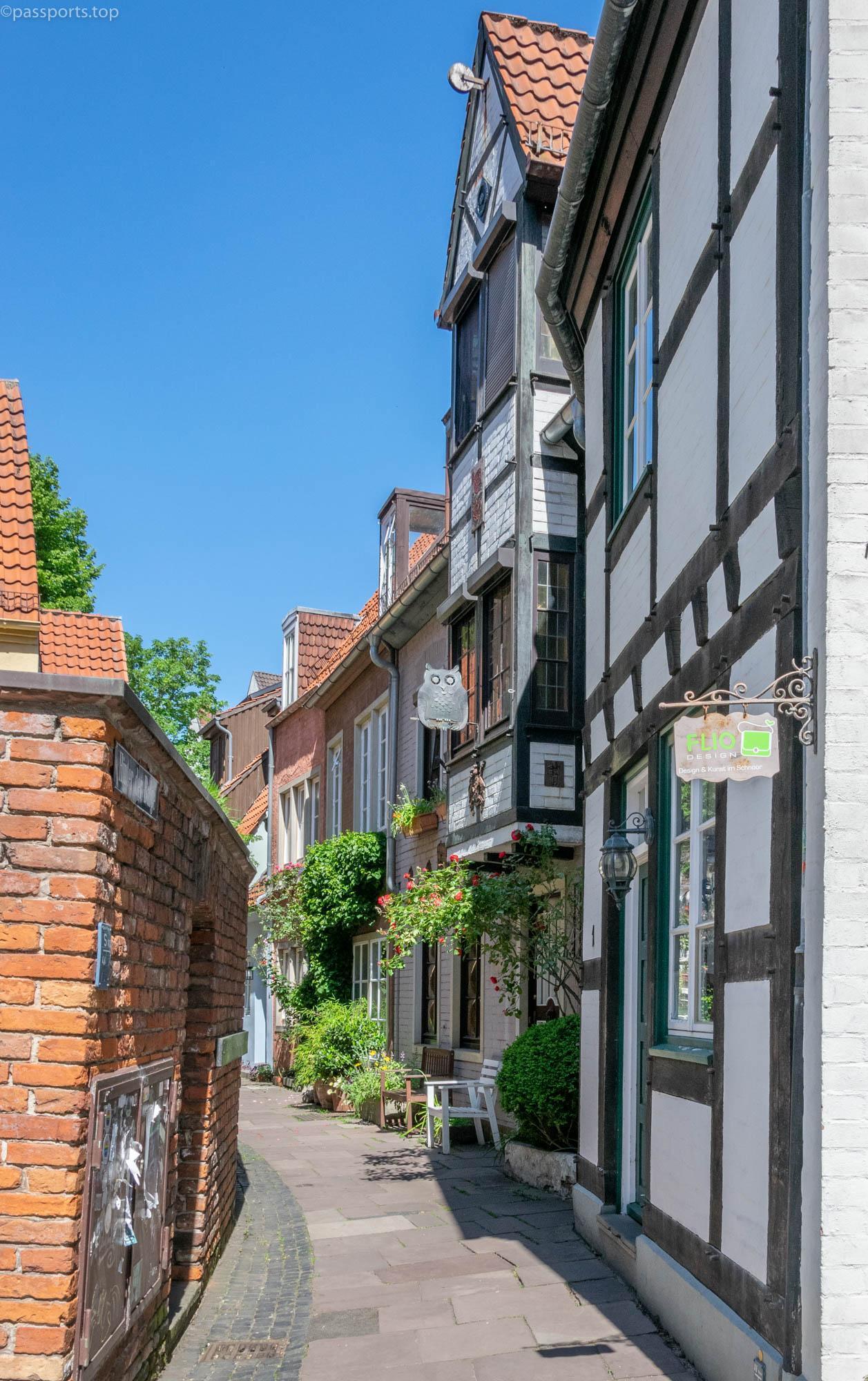
From Bremen we headed to another Hanseatic city in northwestern Germany worth visiting: Hanover – the capital of the state of Lower Saxony.
(Bremen – June 2020)

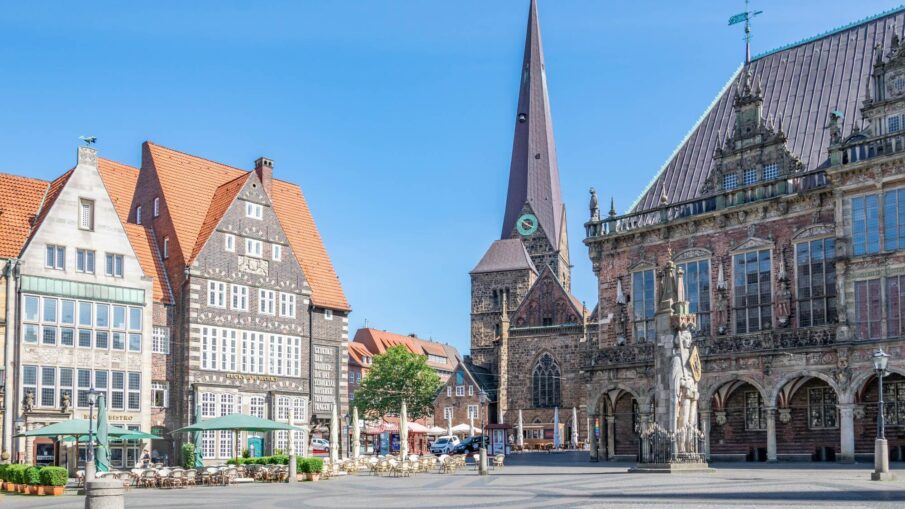
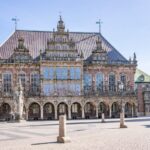
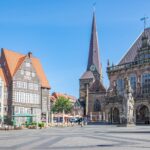
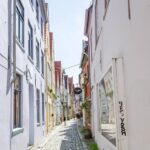
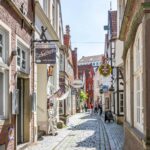
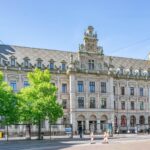
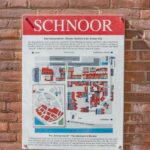
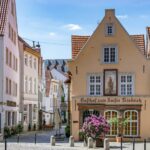
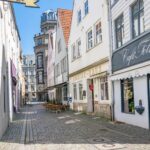

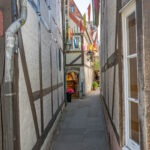
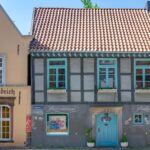
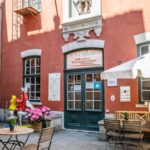
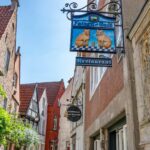
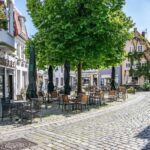
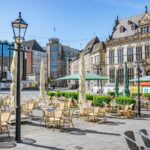
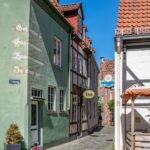
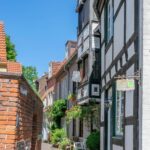
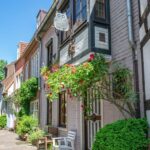
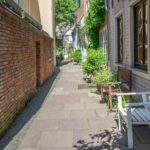
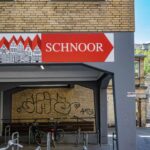
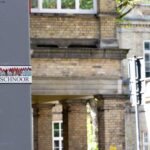

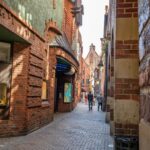
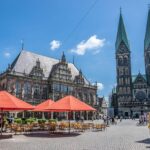
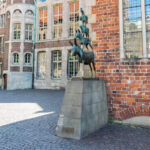
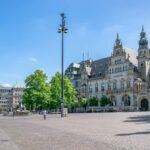
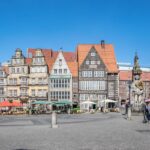
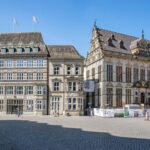
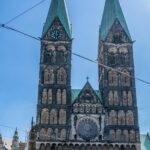
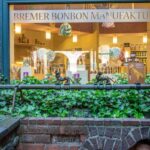
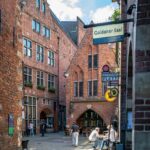
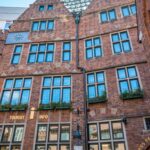
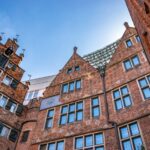
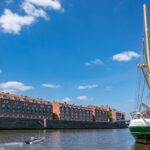
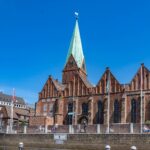
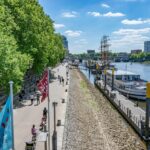
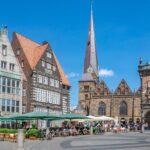
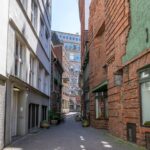
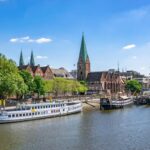

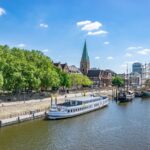
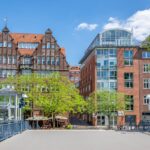

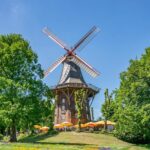
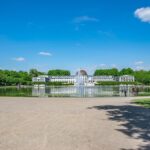
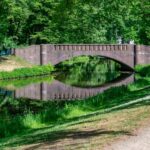
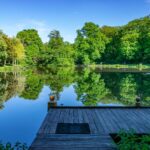
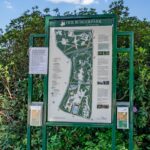
Leave a Reply